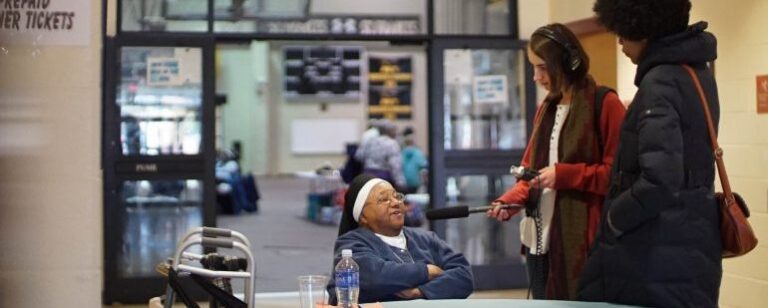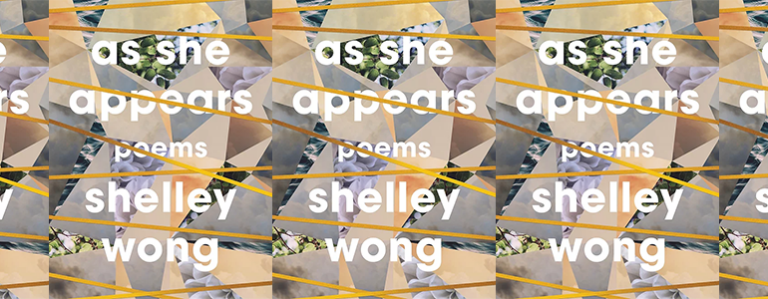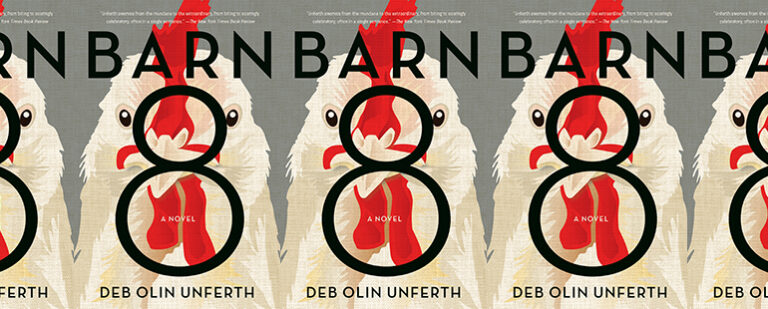A Conversation With Margot Livesey and Whitney Terrell

Whitney Terrell’s 2016 book The Good Lieutenant was selected as a best book of the year by the Washington Post, the Boston Globe, and Refinery 29. He also happens to be my former student. While serving as a visiting professor at the Iowa Writers’ Workshop in the early ’90s, I served as his graduate fiction writing instructor and, ultimately, one of his mentors. After receiving such high accolades on his recent work, we spoke about informed imagining, anti-fiction, and the responsibilities involved in teaching creative writing.
Margot Livesey: I was thrilled last year to read your wonderful third novel The Good Lieutenant. It took me back to the beginning of our writerly friendship when you were studying at Iowa in the early ’90s. We worked together on your novel about a young man going salmon fishing in Alaska. I think it was called The Inside Passage.
Whitney Terrell: That’s right. There are oddly a lot of similarities between The Inside Passage, which didn’t end up being published, and The Good Lieutenant. But I do so clearly remember working on that book with you.
ML: Speaking of mentors, one of the questions I’m sometimes asked is how I choose to become a mentor to someone. But it never feels like a deliberate decision. It feels more like a young writer invites me to share her or his brain.
WT: Reciprocity is the key—understanding that a mentor’s generosity should be met with the same. And that you have your own work to do. You have this amazing book of essays on writing coming out from Tin House. In the essay “How To Tell a True Story,” you write, “Broadly speaking, we have decided to privilege memory over imagination.” I agree with you. But why do you think that has happened?
ML: Partly it has to do with authors becoming increasingly visible. Readers nowadays often search for the biographical in fiction, witness the assumption that first person narrators share the gender of their author. At the same time, in nonfiction, I would say there’s a higher level of invention—conversations from thirty years ago are quoted verbatim. The two genres have borrowed from each other in ways that can be confusing. For fiction writers, this has meant thinking carefully about how we’re going to create authority.
WT: That certainly was true with The Good Lieutenant. Being a reporter in Iraq was absolutely necessary for my writing and for my credibility. At the same time, I chose to write from a female soldier’s point of view—Lieutenant Emma Fowler—and also from the point of view of an Iraqi named Ayad. So there was a lot of informed imagining going on.
ML: I love that phrase “informed imagining.”
WT: I wonder if you could talk about the genesis of your essay on the difference between fiction and anti-fiction.
ML: I noticed as a creative writing teacher that sometimes I would say to a student, “Do you need three children? Why not combine two of them?” But sometimes I would say, “Why not have five children, or even six?” And I began to understand that I was advising students in two different fictional traditions. On the one hand I was pointing to Pride and Prejudice and Madame Bovary—novels that offer us the pleasure of order and symmetry. On the other hand I was suggesting books like Tim O’Brien’s The Things They Carried, or Joan Didion’s Democracy—fiction that conveys the messiness of life.
WT: Correct me if I’m wrong, but I understand it this way: anti-fiction relies more on an implicit declaration that this was true.
ML: Or it creates the illusion that this was true. A story like Lorrie Moore’s “People Like That Are the Only People Here” makes the reader think, “Oh, this really happened,” whereas Dickens, in the opening of Great Expectations, is making very sure we know that we’re reading fiction.
WT: Structure can also be a signal. In the original drafts of The Good Lieutenant, the novel read too much like reporting. It was too detailed, too messy. It wasn’t until I reversed the chronology of the story—told the events in reverse—that things seemed to lift off into fiction.
ML: And that daring choice changes everything as we first meet your characters at a moment of extreme chaos and conflict.
WT: I realized that the structure added an important imaginative dimension to the book. The story asks who the characters were before combat, before killing, reduced them. It mirrors the way Americans are now doomed to think about that war. Not how did we win, since we didn’t. But how could we have done this? What did we and the Iraqis lose? Who were we really, back before the war, when we thought we were “good”?
ML: Words like “good” and “great” nearly always come with a question mark in fiction, don’t they? One of my former students said that when you write a novel you first make the clay and then you shape it into a vase. Congratulations on making such a beautiful vase.
Margot Livesey grew up in Scotland. She is the author of a collection of stories and eight novels, including The Flight of Gemma Hardy and, most recently, Mercury. Her book of essays about writing, The Hidden Machinery, was published by Tin House on July 4. She mostly lives in Cambridge and teaches at the Iowa Writers’ Workshop.


